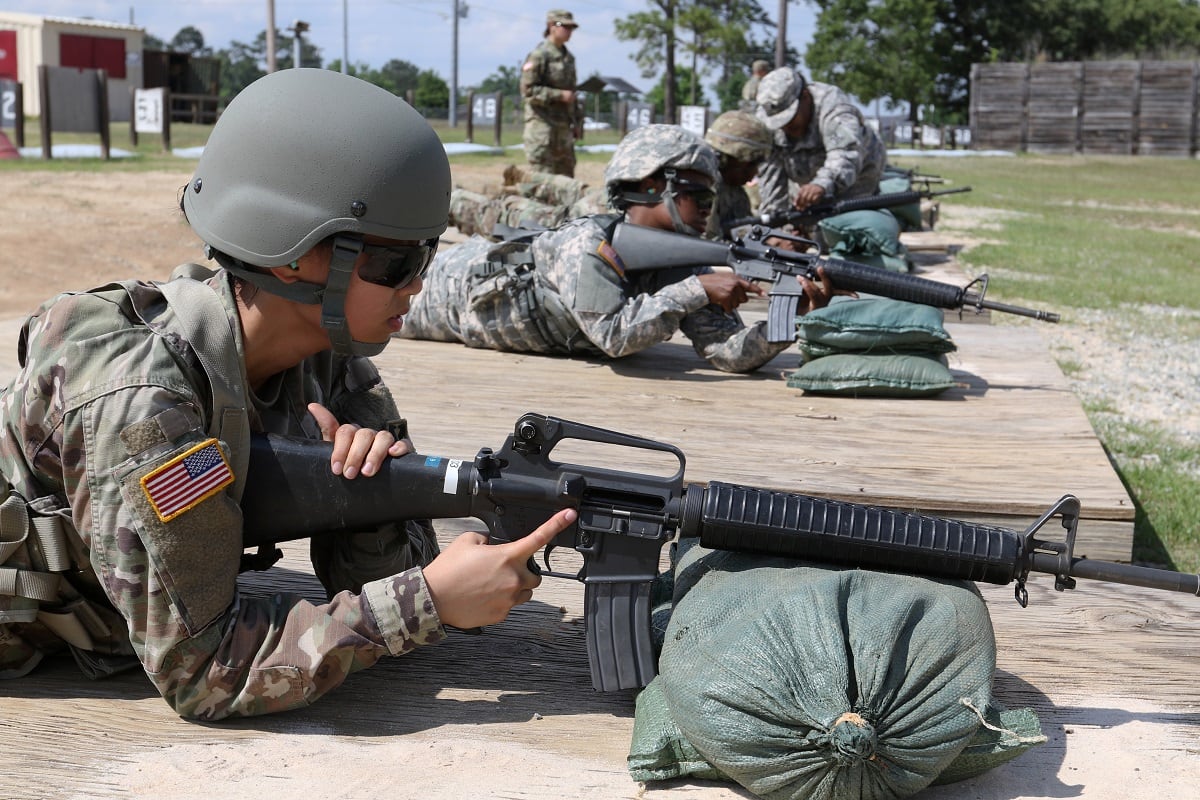WASHINGTON — U.S. senators needed a few extra days to pass their draft of the annual defense authorization bill, but key lawmakers are still optimistic they can finish work on the massive military policy measure months early this year.
The $716 billion bill, approved by a vote of 85-10, includes a 2.6 percent pay raise for troops in January, an overhaul of the Pentagon’s policy office and a host of differences in aircraft and other equipment purchases from the authorization plan passed by the House last month.
Senate floor debate on the measure stretched over three weeks as lawmakers squabbled over amendments and procedural issues. Before Monday’s vote, senators had to clarify a budget point of order before voting to advance the budget bill.
But despite those delays — and the fact that the final reconciliation process usually takes months to complete — defense leaders from both chambers are bullish on the prospect of a congressional conference committee working out details of the 1,000-plus page bill well before the start of the new fiscal year, and possibly before summer recesses.
RELATED

“There’s no reason we can’t complete conference by the end of July,” said Rep. Mac Thornberry, R-Texas and chairman of the House Armed Services Committee. “That is certainly my goal, and I don’t think there is any disagreement with the Senate or our committee members.”
Congress has passed a defense authorization bill for 57 consecutive years, but the work typically isn’t completed until late fall or winter. Last year, the policy measure was finalized just before Thanksgiving, but more than 45 days into the new fiscal year.
The last time lawmakers managed to finish the authorization bill before the start of the new fiscal year was 10 years ago. It has only happened twice in the last two decades.
But the Senate Armed Services Committee No. 2 Republican, Oklahoma Sen. Jim Inhofe (who stewarded the bill while chairman John McCain, R-Ariz., is battling cancer at home), believes this year’s inter-chamber negotiations will move more quickly than the typical timeline.
“We don’t have a date to have conference [start], but it’s going to be quickly,” Inhofe said before Monday’s vote.
Thornberry said much of his optimism is due to a firm defense spending topline for the legislation this year.
In past authorization debates, lawmakers crafted the policy bill while debate over defense spending totals was still unsettled. This year, the $716 billion spending mark was established in a budget deal agreed upon in March, taking a major stumbling point for negotiations out of the conference committee’s workload.
“We’re not fighting about the money, we have a budget,” said Rep. Adam Smith, D-Wash., and ranking member of the House Armed Services Committee. “Having the top line number out there is helpful.”
Thornberry also said members in both chambers are anxious to move ahead to the annual appropriations bills, a task that will be made easier once the authorization bill is finalized. The authorization measure sets broad spending policies and priorities for next fiscal year’s defense budget. The appropriations bill will allot the specific money for those projects.
“We can do it this year,” Thornberry said. “I know I’m not the only one who wants to get the authorization and appropriations bills done on time.”
The next step in that effort will be starting conference committee work in coming weeks, to start sifting through the massive bills.
The Senate’s authorization plan calls for strengthening the Pentagon’s policy office, increasing its role internally as the enforcer of major strategy decisions. The House does not include those provisions.
Both chamber’s drafts include a boost in military end strength for next year, although the Senate-passed legislation calls for only half the 15,600 boost supported by the House and the president.
And the Senate bill tackles aircraft differently from its House counterpart, with two fewer F-35 aircraft, one fewer KC-46 tanker aircraft and a different plan for the E-8C Joint Surveillance Target Attack Radar System, or JSTARS.
It directs the Pentagon to submit a plan to Congress for removing NATO-ally Turkey from participation in the F-35 program, which has prompted the Turkish government to vow reprisals if it becomes law.
The bill emphasizes investment in future warfare — with provisions on cyber, hypersonic weapons and artificial intelligence. It sprinkles $600 million more than the Trump administration budget requests into science, technology and testing programs.
And it calls for a broad, long-term strategy to deter and defeat Russian aggression, “backed by all elements of United States’ national power.” On China, it includes language aimed at closing regulatory gaps that allow China to invest in U.S. companies for a military advantage.
Conference committee work is expected to begin before the end of the month
Leo covers Congress, Veterans Affairs and the White House for Military Times. He has covered Washington, D.C. since 2004, focusing on military personnel and veterans policies. His work has earned numerous honors, including a 2009 Polk award, a 2010 National Headliner Award, the IAVA Leadership in Journalism award and the VFW News Media award.
Joe Gould was the senior Pentagon reporter for Defense News, covering the intersection of national security policy, politics and the defense industry. He had previously served as Congress reporter.
In Other News




